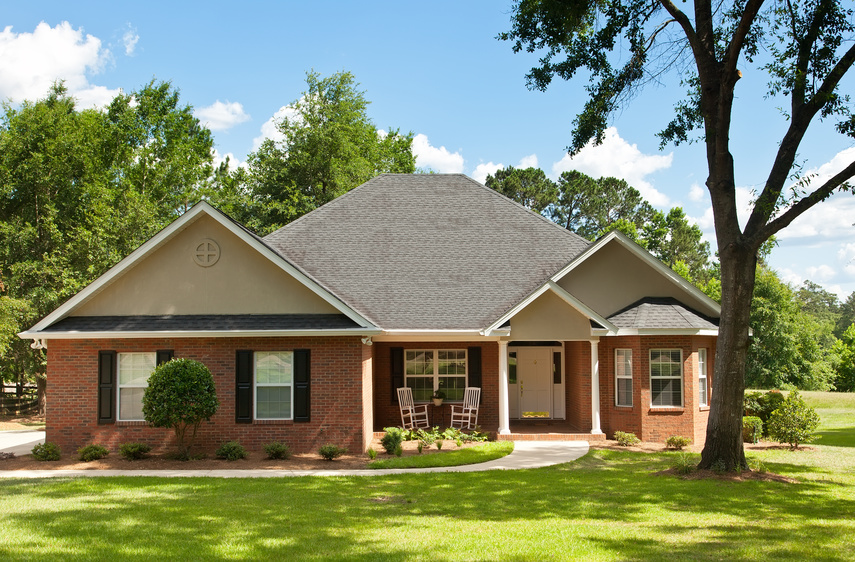You may already understand the importance of having a beautifully landscaped property. Not only will it allow you to enjoy your home to the fullest, but it will also add quite a bit of value. Case in point: Money Magazine has stated that quality landscaping can actually bring a recovery value of 100-200% at selling time. But whether you plan to list your home on the market or will remain in it for many years to come, taking on relatively simple landscaping projects can bring a lot of joy and functionality to your daily life.
Take landscape walkways, for example. These outdoor walkways can help welcome visitors to your front door, add safety in the backyard, or provide an air of whimsy and enchantment to any garden. But before you learn how to build a walkway yourself or work with your landscapers to create a design, it may be helpful to understand a bit more about the most common materials used in landscape walkways. Once you zero in on your chosen aesthetic, you’ll be able to make more concrete (pun intended) walkway plans.
The Main Types of Materials For Landscape Walkways
- Brick: A charming and utterly classic choice, brick walkways pair perfectly with any cottage, craftsman, or traditional home. They can be laid in a straight or herringbone pattern; some designs call for the use of both bricks and crushed stone or other natural materials. Bricks can come in shades of red, tan, beige, brown, and even green. They can be made to look old or can give off a new appeal, depending on your personal preference. And because they’re durable and can be cleaned easily, they’re often a go-to choice for many homeowners.
- Concrete: Although many concrete walkways are gray, they’re anything but boring. In fact, they actually add a lot of curb appeal because this material is strong, cost-effective, and varied. You might be surprised to learn that concrete now comes in more than a dozen different colors. As far as texture, you can go for a smooth, poured concrete surface, or a pathway of interlocking concrete pavers, that provides a unique and captivating look to any green space. Best of all, concrete walkways won’t crack due to temperature changes and are easy to repair if needed.
- Natural Stone: Natural stone can add an unparalleled sense of beauty to your home — but keep in mind that this may not come cheap. While popular, natural stone walkways can be quite expensive. For rustic or formal-looking properties, this option is still most preferable. And it can be incredibly effective even in small gardens. Choose from marble, granite, slate, limestone, travertine, bluestone and many other options (or even combine a couple!). Keep in mind that while it can be more eco-friendly in some ways, natural stone does need to be sealed regularly to protect it from staining and adverse weather conditions.
- Gravel: Aggregate stone or rocks (otherwise referred to as gravel or crushed stone) can be a good choice for more rustic properties or more informal green spaces. They provide a nice crunch when you walk along the path and can look picturesque in free-form gardens, in particular. While this type of walkway may not provide an added level of sophistication, it does add a sense of sweet simplicity. And as a bonus, they’re quite affordable and easy to install.
The type of walkway material you ultimately choose will likely depend on your budget and your personal tastes. But no matter what you decide, working with professional landscapers will ensure that your pathway adds beauty and functionality to your property.

